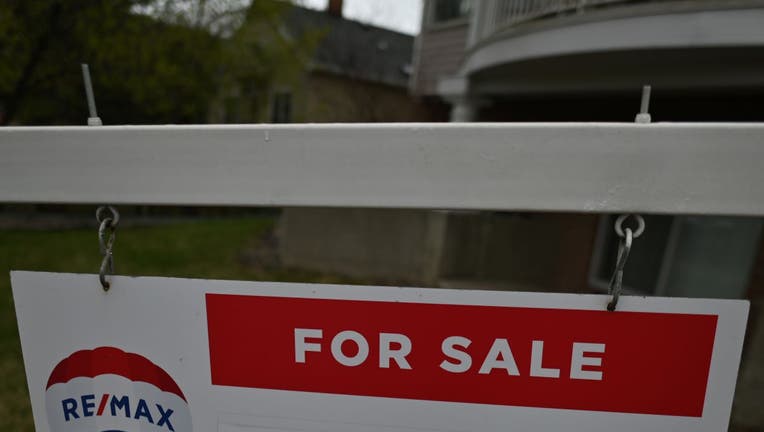This is how much money you need to make to buy a home in Twin Cities metro

FILE PHOTO: For sale sign. (Photo by Artur Widak/NurPhoto via Getty Images) ( (Photo by Artur Widak/NurPhoto via Getty Images))
MINNEAPOLIS (FOX 9) - People seeking to buy a home in the Minneapolis area need nearly 50% more annual income than they did this time last year to afford to buy a home, according to new analysis by real estate company Redfin.
The analysis says the annual income required to afford a median-priced home in the Minneapolis metro in October 2022 was $96,602, about 45.3% more than the income needed in October 2021, which was $66,475.
The median sales price in the Minneapolis area was $359,000 in October 2022, up from $359,000 in October 2021. The monthly mortgage payment has also gone up for the Minneapolis area – it was $1,662 in October 2021 and was $2,415 in October 2022.
RELATED: Existing home sales drop to lowest level since 2020
On average, homebuyers in the United States need about $107,000 of annual income to afford a typical home, up 46% from last year. That figure is calculated based on spending no more than 30% of income on monthly mortgage payments for a median-priced home.
Communities in Florida, in particular, have seen some of the biggest increases. Buyers in North Port, Florida, need to earn an estimated $131,535 annually to afford a typical monthly mortgage payment of $3,288, up 73.9% from $75,659 last year. That's the biggest percentage increase of any major U.S. metro.
Meanwhile, buyers in the Chicago metro in Illinois and Bay Area in California had the smallest increases in income necessary to afford a home. Lake County, Illinois, had the smallest gain in income needed to afford a median-priced home. That being said, buyers still need 33.5% more than they needed a year ago.
RELATED: These housing markets are seeing the largest drop in prices since the pandemic peak
Redfin's analysis found buyers need to earn at least 50% more income to afford a home than they did a year ago in 40 of the 93 metros analyzed, and they need to earn at least 30% more in all 93 metro areas analyzed.
This comes at a time when mortgage rates are more than double what they were a year ago. The Federal Reserve kept interest rates low during the COVID-19 pandemic, but experts say the housing market looks completely different now compared to the last two years. House hunters are dealing with suddenly high rates, rising home prices, and a short supply of properties.

